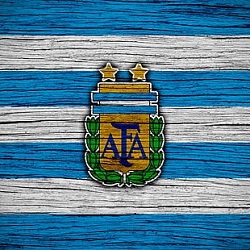WORLD DISTRIBUTION OF THE VOLCANOES
The distribution of the volcanoes in the world is best explained on the basis of the Plate Tectonic Theory. According to the theory, 80% of the volcanoes fall in destructive plate boundaries. About 15% of the volcanic regions are in the constructive plate boundaries. Remaining fall in the interior plates. The major volcanic belts are-
- Circum-Pacific Belt– The volcanoes in this belt found along with the destructive plate margin. The volcanic activity is due to the collision of the Pacific Plate with Asian and American Plates. World’s 70% of the volcanoes are found in the coastal regions of the Pacific Ocean, Archipelagoes and Oceanic Islands. Therefore this belt is also called as the Fire Girdle Of The Pacific or The Fire Ring Of The Pacific. The belt starts from Mt. Erebus in Antarctica to northwards passing the Andes in South America and the Rockies in North America. from Alaska is turns towards east Asiatic Coast. Finally, it merges with the Mid-Continental belt in the East Indies.
- Mid-Continental Belt– Like the circum-pacific belt, most of the volcanoes lay on the destructive plate margin. It happens because of the collision of the Eurasian Plate with the Indian and African plates. As a result of bifurcation one branch of the plate runs along the fault zone of East Africa and another meets with the circum-pacific belt after passing through Spain, Italy, Caucasus and the Himalayas. The belt includes the volcanoes of the Alpine Chain and the Mediterranean Sea, Stromboli, Vesuvius of the Mediterranean region. The volcanoes of Iran and Armenia are included too. The names are Demavand and Koh Sultan in Iran and Ararat in Armenia. The European volcanoes of this belt are found along the Median Mass (a relatively stable block of the earth’s crust, more or less isometric in outline, located within a geosynclinal belt (region) and separating geosynclinal systems ) whereas the volcanoes of Africa are found along the Fault Line Valley. One of the important volcanoes is Mt. Kilimanjaro.
- Mid-Atlantic Belt- The volcanoes of this belt is found along the constructive plate margins. The bifurcation in the plates leads to the formation of fissures. These fissures are filled up with peridotite and basaltic magma. A new crust is formed due to cooling and solidification of the magma along the fissures. Lavas near the mid-oceanic ridge are the latest and the get older as they move away from the ridge. The Hekla volcano of Iceland is one of the important volcanoes in this belt.
- Intra-Plate Volcanoes– The micro-plate activities and hot plums concept explains the phenomenon of volcanicity in the inner parts of the continental plates and oceanic plates.






